What scientists from India interested in the Bauhaus? And what is Bauhaus architecture in Nigeria? Bauhaus Imaginista tells the international story of the famous German art school with a new look.
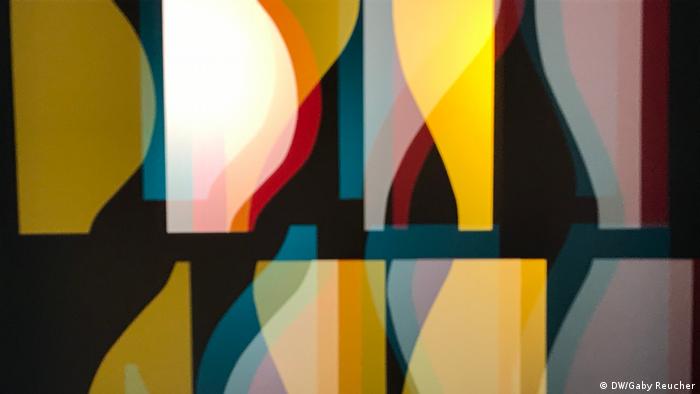
Building designed by Walter Gropius and Mies van der Rohe in the United States, or the white city in Tel Aviv: these are the well-known traces of the art school “Bauhaus” in the world. In the exhibition “Bauhaus Imaginista” one searches these traces in vain and that is the intention. “We have said from the beginning, we’re going this beaten track, and use what you know as an exile story,” explains curator Marion von Osten. And her English Partner in the curatorial team, Grant Watson, adds: “We have focused our attention more on practices such as weaving and ceramics. The are lesser-known Bauhaus paths.”
Away from the usual Bauhaus Desk
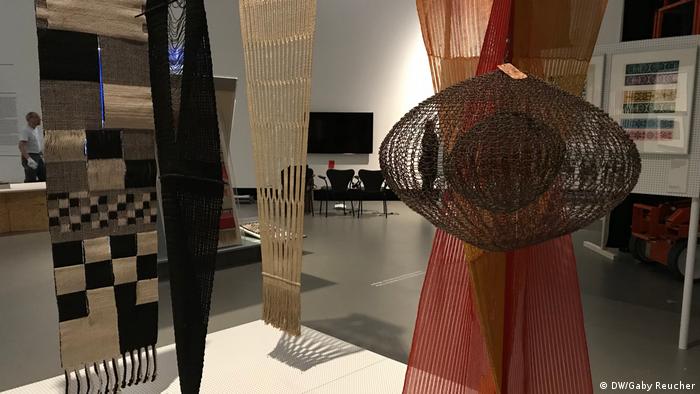
Textile art by Lenore Tawney
During the tour through the exhibition in Berlin in the house of the cultures of the world, is quickly obvious. In large webs of woven and knit fabrics hanging from the ceiling, in glass cases funny faces on ceramics to laugh the visitors vessels. The Bauhaus art or arts and crafts native American? The boundaries are blurred. Japanese paper art looks almost the same as Working from a Film of material studies from a course by the Bauhaus master Johannes Itten.
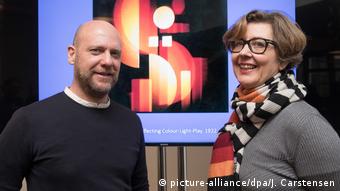
Grant Watson and Marion from the East were looking for the other views of the Bauhaus
Manifestos of architecture, society, and education are available, but they come not only from Weimar or Dessau, the teaching locations of the Bauhaus, but also from China, Japan, India, or Morocco. Exciting the stories that Marion von Osten and Grant Watson from her travels and encounters. With three thematically different exhibition chapters, numerous presentations and Workshops you were with Bauhaus Imaginista on four continents: from Russia to Japan, from the USA to Brazil and from Morocco to Nigeria. All the chapters are now on display in Berlin’s house of world cultures in a total look. A fourth Chapter about the intangible Bauhaus, the experimental game with space, light, and sound, has been added in Berlin.
The Bauhaus pedagogy, instead of the Bauhaus-Design
In your research in advance Marion von Osten and Grant Watson had not discovered that curators and scientists from other countries are only interested in the well-known Bauhaus buildings and design objects. “In Japan, I learned from colleagues about the Bauhaus pedagogy. I didn’t know that, how important was that in other places,” says Marion von Osten in the DW-interview.
In India, too, there were educational trends, the art school of the Bauhaus were closely related. Model of the open Bauhaus preliminary courses, where the students were able to try out before you hit a concrete craftsmanship and artistic direction. The concept was complemented in India by the subject “environment customer”:
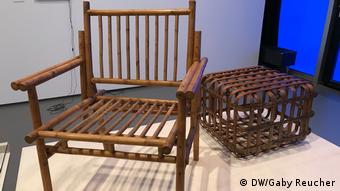
Bamboo furniture from the National Institute of Design in North India (1986). Similarities with the tubular steel at the Bauhaus chairs unmistakable
“When I visited in the 90s, the ‘National Design Institute in North India, I was amazed that every Student had to to the country,” says Grant Watson. “They went into a Studio for Design, no, they went to the villages to work with artisans. There’s how to connect in the Bauhaus in Parallel, art and craft.”
The Bauhaus buildings have been in close contact with other avant-garde movements. They were looking for in the world of new artistic and intellectual ideas. There are also students from other continents were in the 20s at the Bauhaus in Weimar and Dessau. They shared their values and artistic ideas. Back home, they tried to implement ideas from the Bauhaus.
Bauhaus ideas in post-colonialism
In order, various international artists have work for the Bauhaus Imaginista these interactions of the Bauhaus, artistically expressed, and, among other things, the ways of Bauhaus students in the world followed. So, the Israeli architect Zvi has founded for many years, the Bauhaus student and architect Arieh Sharon of research. For the Nigerians, Sharon in 1962, has designed the Ile-Ife Campus in Lagos, with airy, spacious building complex, which have kept the tropical climate to this day. The whole story Between Efrat told in his Film.
“The post-colonial Era in Africa,” says Zvi Efrat. In 1960, the British mandate ended and Nigeria became independent. Arieh Sharon had experience with the Campus construction. In Israel, he was a national architect.
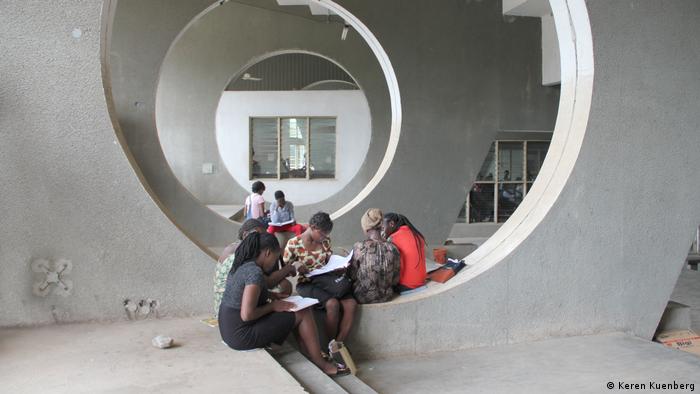
Learning spaces in the Ile-Ife Campus in Lagos
“Israel had already acquired in 1948, its independence and was for Nigerians as a role model. A country that was independent and heroic national buildings positioned.”
Today, Zvi Efrat, told Nigerians to be proud of this building, which was not only a sign of independence, but also climate benefits to offer. About by the cool covered spaces that allow for Outdoor classes.
Why the global view is important
The research project “Bauhaus Imaginista”, which resulted in the Berlin exhibition, created in collaboration with the Goethe Institute, the house of the cultures of the world and the Bauhaus cooperation Weimar, Dessau, and Berlin, as well as with many institutions and researchers worldwide. Especially the latter have helped to look at the Bauhaus Desk from a different angle. A point of view, the Bauhaus Dessau pursues in his “Global Modernism Studies”. The researchers and staff from Dessau were in search of “Bauhaus Imaginista” therefore, in an Advisory capacity.
“We don’t want to develop the understanding of the Bauhaus only from Germany and not from the Western perspective,” says Claudia Perren, Director of the Bauhaus Dessau Foundation. “The views of the Bauhaus is to be developed from many perspectives from around the world.” Target is not a homogeneous picture of the Bauhaus, but an image of diversity.
Innovation through diversity
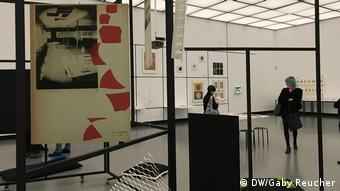
The Bauhaus reception in China and Japan, after Japan had contacts with the Bauhaus in the 20s
In the exhibition, this diversity is everywhere. However, without the stories and explanations of the curators and their Team, you feel a little lost between monitors with flickering color games, and video installations (article image), between the partition walls with countless drawings, photos and texts that pick up on from Bauhaus to Punk the wide range of social phenomena and movements.
In addition, the clay pots with the laughing faces, which by the way has made the ceramist Marguerite wild home. She was a student in the ceramics workshop at the Bauhaus. The textile “free” Beards from the 60s are from the American Lenore Tawney, who had studied in the 1940s at the “New Bauhaus” in Chicago.
Who has taken up the ideas of the avant-garde of which cultures first, remains open. “This is the end for us, too, the Surprising that you can’t even tell you who has learned from whom,” says curator Marion von Osten. “The idea that the Bauhaus had developed the idea, which was then carried to the outside, we must say goodbye to this research project, actually”. The change of perspective is to our own society that is important, says East. “We have to understand that we are the world’s societies, migration societies. As such, we have a wide variety of innovations and changes. The Bauhaus was in the world and has found, therefore, in the world of resonance.”
The exhibition Bauhaus Imaginista is in the Berlin house of the cultures of the world from 15. March to the 10. To see June 2019.